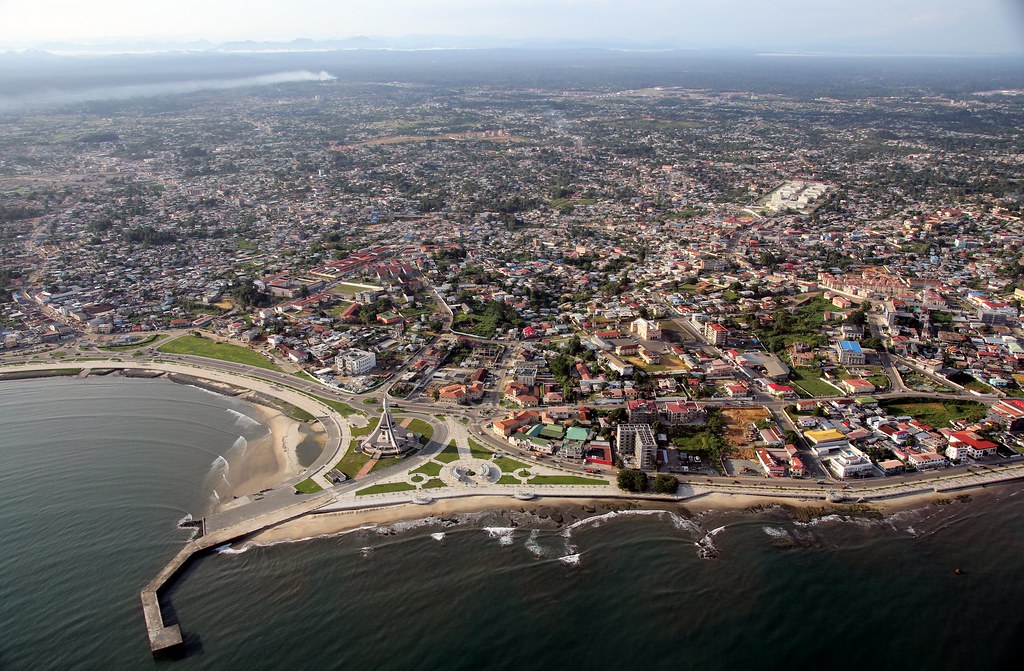Complete Guide to Bata, Equatorial Guinea
-
Introduction to Bata
Bata is the largest city in Equatorial Guinea, after the capital Malabo, and the capital of the Litoral province. Located on the Gulf of Guinea coastline, Bata is an important economic, cultural, and commercial hub. Its diverse population and commercial activities make it a vibrant and dynamic place.
-
Main Tourist Attractions
-
Plaza de la Independencia
-
Description: The heart of Bata, a popular meeting place where events and community activities are held.
-
Activities: Enjoy the local atmosphere, stroll, and observe everyday life.
-
-
Bata Market
-
Description: A colorful and bustling market offering fresh produce, handicrafts, and textiles.
-
Tips: Ideal for immersing yourself in local culture and purchasing authentic souvenirs.
-
-
Bata Port
-
Description: One of the most important ports in Equatorial Guinea, vital for commerce.
-
Activities: Observe port activities and enjoy views of the sea.
-
-
Bata Beaches
-
Mbini Beach: With crystal-clear waters and a relaxed atmosphere, it’s perfect for a day of sun and sea.
-
Sampaka Beach: Known for its natural beauty, it offers a peaceful and picturesque setting.
-
-
Catedral de Santa Isabel de Portugal
-
Description: Built by the Spanish in 1921, this cathedral is an important religious and architectural symbol of the city.
-
Activities: Visit the interior and appreciate the architecture, or participate in religious services if desired.
-
-
Bata Cultural Center
-
Description: A space dedicated to promoting local arts and culture. Exhibitions, events, and cultural activities are organized here.
-
Activities: Participate in workshops, art exhibitions, and cultural events reflecting the region’s diversity.
-
-
Culture and Traditions
Bata is a melting pot of cultures, with various ethnicities and traditions coexisting. Music, dance, and festivals are central to cultural life.
-
Music: Traditional and contemporary rhythms can be enjoyed at local events. Festivals often include indigenous dances.
-
Handicrafts: Visitors can find handmade products reflecting the rich cultural heritage, such as textiles and ceramics.
-
Gastronomy
Bata’s cuisine reflects the country’s cultural diversity. Some typical dishes include:
-
Peque Peque: A delicious fried fish dish, commonly served with plantains.
-
Fish Soup: Made with fresh fish and spices, it’s a local favorite.
-
Cassava: A traditional side dish served either boiled or fried in many meals.
-
Travel Tips
-
Safety: Exercise usual caution, be aware of your surroundings, and follow local recommendations.
-
Transportation: Taxis and buses are the most common ways to get around the city. Be sure to agree on fares before starting the ride.
-
Best Time to Visit: The dry season (from November to February) is ideal for outdoor activities and exploring the city.
-
-
Practical Information
-
Currency: CFA Franc.
-
Language: Spanish is the official language; local languages such as Fang and Bubi are also spoken.
-
Health: Consult with a doctor about recommended vaccines and medications before traveling.
-
Conclusion
Bata, with its mix of modernity and tradition, offers visitors a rich experience in culture, history, and natural beauty. From its vibrant market to its beaches and cultural centers, this city is a destination worth exploring in Equatorial Guinea.
